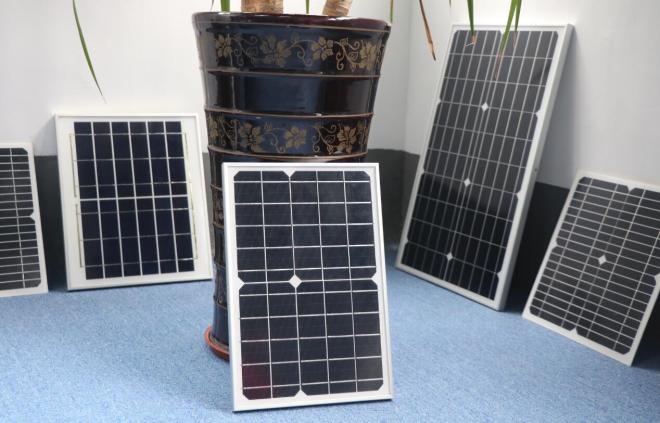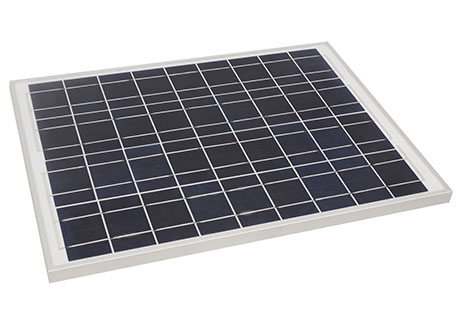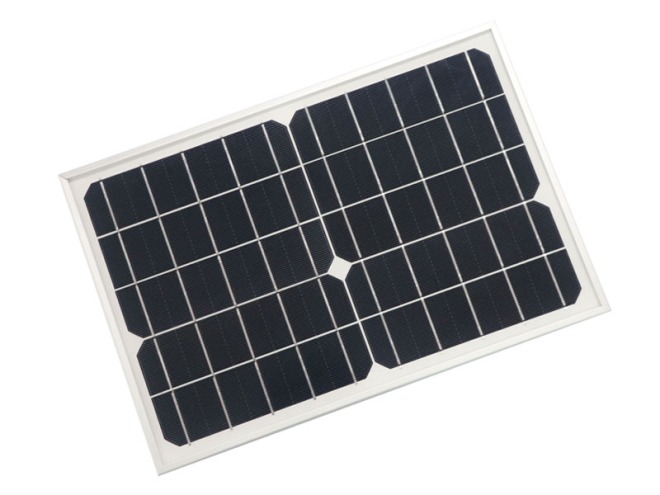How To Choose a Custom Solar Panel?
Solar energy is an inexhaustible source of energy. Solar cells (also known as solar chips or photovoltaic cells) are devices that convert sunlight into electrical energy through the photovoltaic effect.
Solar power generation is a renewable and environmentally-friendly way of generating electricity. It does not generate greenhouse gases such as carbon dioxide during power generation, so it does not pollute the environment.
Solar panels are now used in more and more applications. So how can we choose a suitable customized solar panel to meet the specific needs of the application? Below are some tips.
First of all, you need to choose a professional, quality manufacturer of custom solar panels.

Second, you need to get some general understanding of solar panels. Solar panels can be divided into many types according to different materials and different encapsulation methods. Here, we mainly introduce several solar panels that are currently popular on the market.
1.Crystal Silicon Solar Panel (Mono/Poly Solar Panel)
Crystalline silicon solar panels are the most common, traditional, and widely used solar panels on the market. It is usually divided into monocrystalline silicon solar panels and polycrystalline silicon solar panels. In general, monocrystalline silicon solar panels have higher conversion efficiencies and a slightly more expensive price than polycrystalline silicon solar panels.
The conversion efficiency of solar panels refers to the efficiency with which solar panels (solar modules) convert sunlight into electricity. The higher the conversion efficiency, the smaller the panel area of the same power can be. Conversion efficiency is a very important indicator for applications with limited setup area.
With the continuous development of solar technology, the efficiency of monocrystalline silicon solar cells can reach around 19% – 21%. Nowadays, high-efficiency PERC solar cells are popular, with an efficiency of up to 22%. The efficiency of polycrystalline silicon solar cells is about 18% – 19%.

Solar panels are typically encapsulated in tempered glass laminates, PET laminates, and the like. So how do you choose different encapsulation methods according to different application scenarios? Generally, tempered glass laminated solar panels are more durable and suitable for use in solar products that are often used outdoors, such as solar traffic lights, solar powered marine devices, solar monitoring equipment, and the like. The PET laminated solar panels are lighter and suitable for solar applications that are used outdoors for a relatively short period of time, such as solar backpacks, solar chargers, and solar DIY kits etc.
Sunpower solar panels are high-efficiency solar panels produced using Sunpower solar cells in the United States. Sunpower solar cell conversion efficiency is currently the highest, up to 24.2%, compared to polycrystalline and monocrystalline solar panels, it is lighter, thinner, softer and less susceptible to crushing. In terms of light absorption, polycrystalline silicon and monocrystalline silicon solar panels can only absorb blue light, while Sunpower solar panels can absorb red, orange, yellow, green, blue, and purple light, while visible light and different light can be absorbed, greatly improving the sensitivity of light absorption. Sexuality, its weak light sensitivity is stronger, there is a charging reaction under indoor light, but the current will be smaller.
SunPower not only provides more efficient solar panels in the industry, but also considers the aesthetics of solar panels while increasing conversion rates. Breaking the pattern of traditional solar panel grid layout, the appearance is more beautiful, widely used in solar charging digital products, solar chargers, solar folding bags, solar wireless sensors and so on. Sunpower solar panels are usually laminated with PET or ETFE.
Amorphous solar cells are low in cost and are easy to mass produce, but they are insensitive to long-wavelength regions of the solar radiation spectrum, thus limiting the conversion efficiency of amorphous silicon solar cells. In addition, its photoelectric efficiency will attenuate with the continuation of the illumination time, the so-called photo-degradation S-W effect, which makes the battery performance unstable.
However, amorphous silicon solar cells feature with low cost, light weight, thin thickness, low light resistance, etc., which are very suitable for indoor use, low power consumption solar applications, such as solar wireless sensors, solar calculators, Solar watches, solar toys, etc.
While choosing a customized solar panel, you should also consider the voltage of your DC battery. Usually, the voltage of the solar panel need to be slightly higher than the voltage of the DC battery. E.g:
If the voltage of your DC battery is 3.7V, then the voltage of the solar panel you choose should be 5.5v-6V.
3.2V DC battery with 4.5V – 5V solar panels
3.7V DC battery with 5.5V – 6V solar panels
6V DC battery with 9V solar panel
9V DC battery with 12V solar panel
12V DC battery with 17.2V – 18V solar panel
Therefore, when you design a solar product, you need to know the difference between the various solar panels to choose the most suitable solar panel. Of course, if you don’t know anything about this, you can also consult the experts of professional custom solar panel manufacturer to give you the most appropriate advice.
When you are consulting a custom solar panel manufacturer, you’d better to tell them which product you are using, the condition in which the product is used, the size of the solar panel, the solar power you need, the voltage, etc. They will recommend a suitable solar panel for you according to your special needs.
Editor: Carrie Wong / WSL Solar
How to Choose a Custom Solar Panel?
How to Choose a Custom Solar Panel?



评论
发表评论